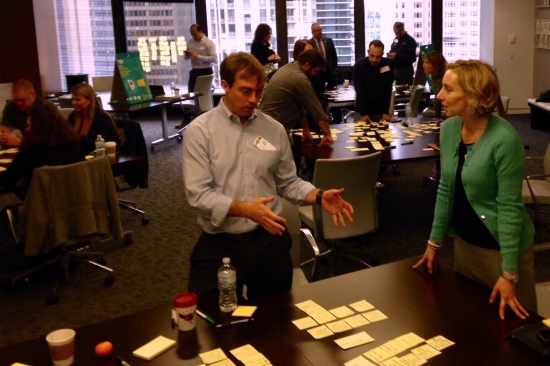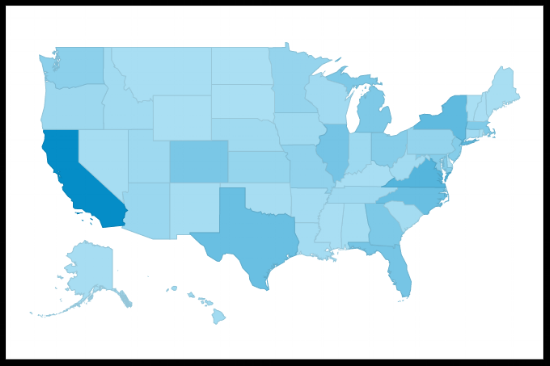The Election Toolkit at 1 Year
Last month, the Election Toolkit turned 1 year old. To mark the occasion, we’re looking back at the Toolkit’s origins as well as its growth and impact during this first year.
We’ll also hear from members of the team who created the Toolkit about why it continues to be an exceptional resource for the election officials and other civically minded folks who use it.
At this point, electiontools.org has received over 10,000 unique visits, and they’ve come from all 50 states. Election officials from across the nation have used the tools and have shared their stories.
But the Toolkit started off as just an idea.
Noah Praetz, Director of Elections for Suburban Cook County, Illinois, says that he came on board as a project partner in 2015 because he felt the Toolkit could address a profound need.
“The overwhelming majority of election administrators run elections with at most a handful of dedicated staff,” Noah explains. “Unlike the big jurisdictions, the administrators must do everything themselves — they must be experts at everything. It’s been great to see the Toolkit spring up to provide an easy platform from which officials can harness the tools of 21st century.”
Noah was one of 19 election officials who helped kick off the Toolkit project at a meeting in Chicago in December 2015. The purpose of the meeting was simple: to suggest ideas for tools in a spirit of supportive cooperation.

Whitney May, Director of Government Services at the Center for Technology and Civic Life, was at the meeting, too. Whitney created the original proposal to make the Toolkit, submitting a pitch to the John S. and James L. Knight Foundation’s News Challenge on Elections in early 2015.
“One of my favorite parts of the Toolkit story is how it was created,” says Whitney. “The Toolkit is a resource built by, for, and with local election officials. Plus, in addition to election officials, the Toolkit also benefitted from the expertise of developers, designers, and accessibility experts. Together, we created a beautiful web experience for everyone who visits the site.”
This ethos of collaboration has always been fundamental to the Toolkit, which ultimately launched in June 2016 with 11 tools, complete with step-by-step instructions. In the year since then, we’ve increased the number from 11 to 16.
Including tools geared to communication, testing, and resource management, the 5 new additions have gone a long way to expand the Toolkit’s range of offerings:
- Polling Place Resource Planner
- Voting Timer App
- Who Won What?
- Usability Testing Kit
- Facebook Live for Election Officials
All are free to use.
And while we’ve added new tools, we’ve also been mindful to keep the original tools up to date by revising instructions and contributing new materials and resources.
It’s these extra elements, after all, that bring added value to the technologies featured in the kit.
They’re one of the things that project partner Whitney Quesenbery, Co-director of the Center for Civic Design, says she emphasizes when she introduces the Toolkit to new audiences.
“First, I always say that this isn’t just a list of links, but tools that have been used — and often developed — in election offices, so they have passed the most important hurdle. The second important thing,” Whitney continues, “is that it doesn’t matter what skills you bring to using one of the tools. ElectionTools.org breaks down the process of understanding what each tool can do and how to set it up and keep using it.”

In the year following the kit’s launch, Whitney May and Kurt Sampsel of CTCL have brought this message to audiences of election officials, political scientists, and civic tech professionals, presenting the Toolkit at conferences from Ocean City, Maryland to San Francisco, California.
Now in its second year, the collection of Election Tools continues to expand and find new users. Several new tools are in the process of research and development, including a template for making pocket-sized voter guides, a how-to guide for drafting a request for proposal (RFP), and an estimator to help predict how long it will take to vote a ballot.
You can play a role in making the Toolkit even more successful in Year 2! Here’s how:
- Do you have tool ideas? We’re always open to suggestions for new tools.
- Have you used a tool? Get in touch at [email protected] so that we can share your story!
- Are you holding a conference? We’d be glad to attend and present the Toolkit to your audience. Email us at [email protected] to start the conversation.